How to Choose the Right Trolling Motor for Your Boat
A trolling motor can be a valuable addition to your boat. Whether you have a fishing skiff, a sailboat, a pontoon boat or any other small- to mid-size boat, a lightweight, electric motor is a great way to get a smooth, controlled ride through the water.
These motors aren’t just for trolling. Some people use them as auxiliary propulsion for sailboats, kayaks and other vessels. Their low weight and small size make them perfect for this application. Many people also use a trolling motor for dinghy boat propulsion. With relatively little power needed, dinghy boats can benefit from the small size of an electric motor.
Regardless of what your intended use may be, getting the right size motor for your boat is important. Below is some guidance to help you select the ideal electric, auxiliary motor for your vessel.
Vessel Size
Perhaps the most important consideration in selecting an electric trolling motor is the size of the vessel. Larger boats require more thrust to get them moving through the water. Typically, these motors are rated by their thrust, measured in pounds. For example, a 55lb thrust trolling motor works well for a boat between 12 and 16 feet.
Selecting the right size will ensure that you get the full use out of your motor. An under-powered motor will struggle to propel your boat.
Newport Vessels offers a variety of motors with thrust ranging from 36 pounds to 86. These are the estimated maximum vessel size for each level of thrust:
- 36lb thrust motor – eight- to 12-foot boat
- 40lb thrust motor – 12- to 14-foot boat
- 46lb thrust motor – 14-foot boat
- 55lb thrust motor – 12- to 16-foot boat
- 62lb thrust motor – 14- to 16-foot boat
- 86lb thrust motor – 16+ foot boat
These maximum lengths are estimated based on typical light craft. While a 40lb thrust trolling motor is typically ideal for a 12- to 14-foot boat, it may not be ideal for particularly deep drafted boats of that length. If you need additional help determining the right thrust level, contact Newport Vessels; we’ll be happy to assist you.
Water Conditions
Of course, vessel size isn’t the only consideration. The water conditions also play a major role in what size and characteristics you need from your motor. Consider the circumstances you are most likely to be trolling in as you make your selection.
First, if you expect to take your boat on saltwater, you need an electric motor that can handle it. Every Newport Vessels motor is designed to work as both a fresh and saltwater trolling motor. This gives you the flexibility to take your boat under electric propulsion in any type of water.
Additionally, consider whether there are likely to be strong waves or currents. Naturally, you need a greater amount of thrust to push a boat against a fast-moving current. Winds have similar effects on your thrust requirements.
In short, expect to need a larger motor if you are expecting to operate on larger bodies of water with stronger weather and currents. However, if you are planning to exclusively operate on fairly still water, you may only need minimal thrust to maneuver your boat.
Run-Time Requirements
Electric trolling motors are used as auxiliary propulsion in nearly all cases. Consequently, most are not designed for sustained propulsion. Nonetheless, at Newport Vessels, we plan our battery runtimes to ensure you will be able to handle all your trolling needs with a single battery charge.
If you expect to be running your motor a lot, you may want to choose one that can continuously operate for longer. Typically, more powerful motors will not last as long on the same charge. However, some of our larger motors have expanded battery capacities. These times are how long each of our motors will run on 50 ampere-hour batteries:
- 36lb thrust motor – 1.72 hours
- 40lb thrust motor – 1.47 hours
- 46lb thrust motor – 1.25 hours
- 55lb thrust motor – 0.96 hours
- 62lb thrust motor – 0.86 hours
- 86lb thrust motor – 1.04 hours
These capacities easily exceed most trolling needs. In the vast majority of cases, this type of motor is run continuously for a few minutes at most. Nonetheless, you may want to take this into consideration when selecting your boat’s new electric motor.
Speed
Typically, when trolling, speed is a relatively minor concern. These motors are designed to move slowly to avoid disturbing the water and fish too much.
Nonetheless, you may want to plan for the expected maximum speed of your trolling motor. This is especially important if you are using your trolling motor for dinghy boat propulsion or another non-fishing use.
The speed of a 36, 46 or 40lb thrust trolling motor on a 7.5-foot boat with a 200-pound load on quiet water will be around 3.5 miles per hour. A 55lb thrust trolling motor in similar circumstances will achieve around 4 miles per hour. A 62lb thrust motor will reach about 4.5 miles per hours. Finally, an 86lb thrust motor can get up to about 5 miles per hour.
Although these motors are not intended for speedy maneuvering, they provide sufficient power for light work on a small dinghy boat. Beyond subtle movement to avoid scaring away fish, electric motors are also adept at tight, low-speed maneuvers. This makes them a great choice for sailboats which may otherwise struggle close in with other boats when the wind isn’t quite right.
Get Your Electric Trolling Motor Today
Newport Vessels offers some of the best freshwater/saltwater trolling motors you can find. Beyond offering various thrust levels and sizes, we also have some of the best prices in the business. You’ll find that our motors offer all the power and utility you could want at a fraction of the cost of comparable alternatives.
We are confident you will be happy with one of our NV, L, X or Kayak series trolling motors. With the right size motor, you will be able to easily maneuver your boat smoothly, quietly and comfortably. If you have any questions or need help selecting the right motor for your needs, contact us. When you are ready, order your Newport Vessels motor today.

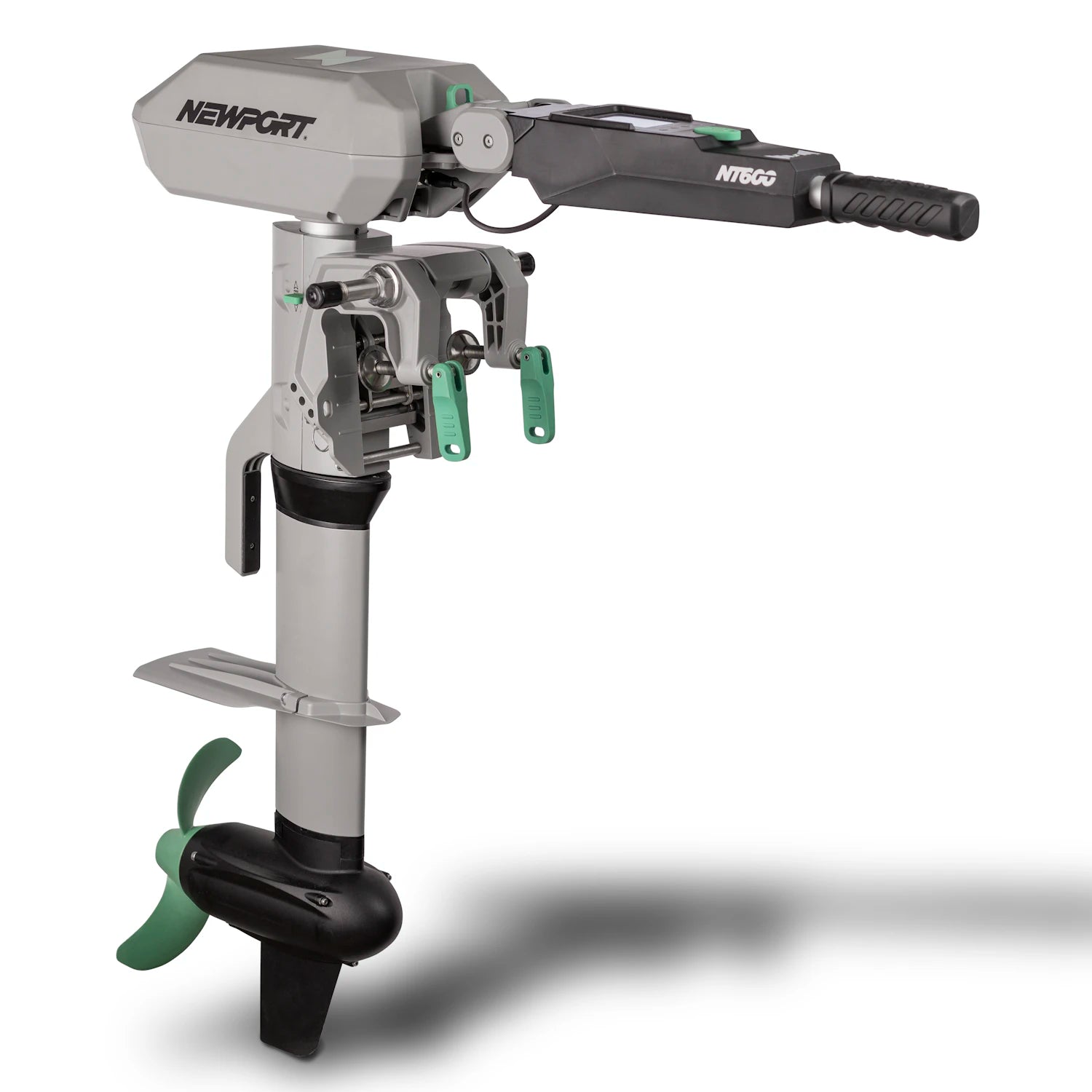
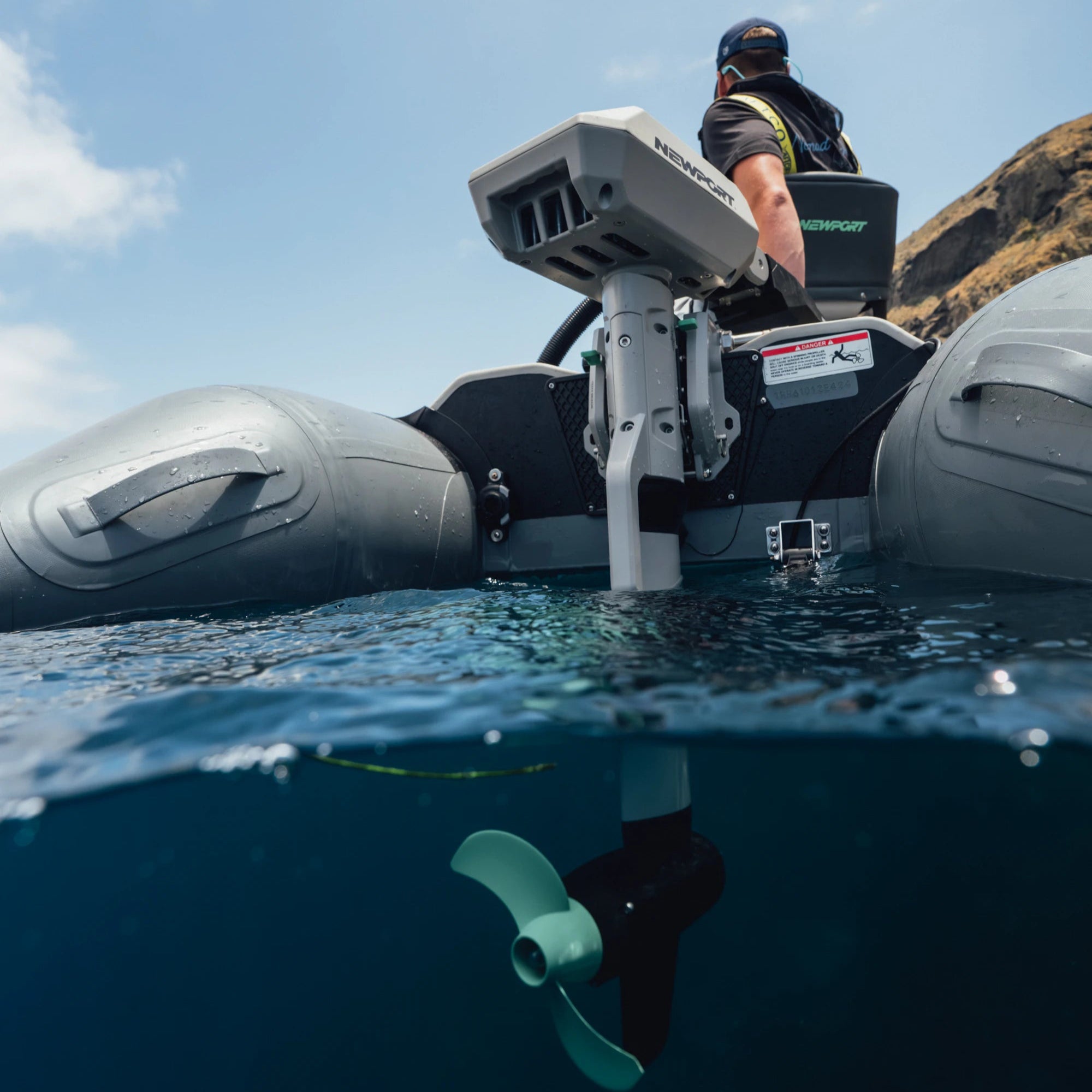
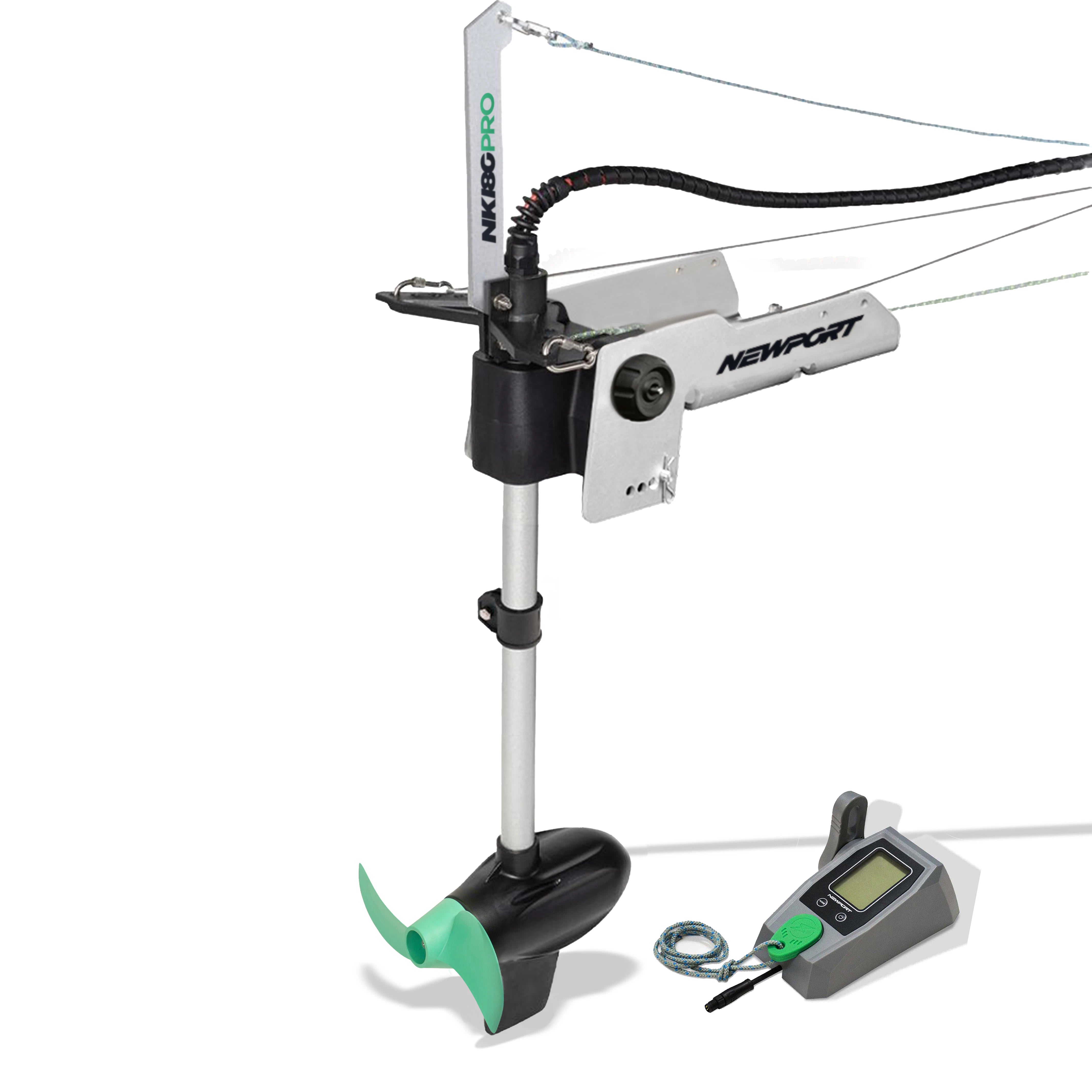
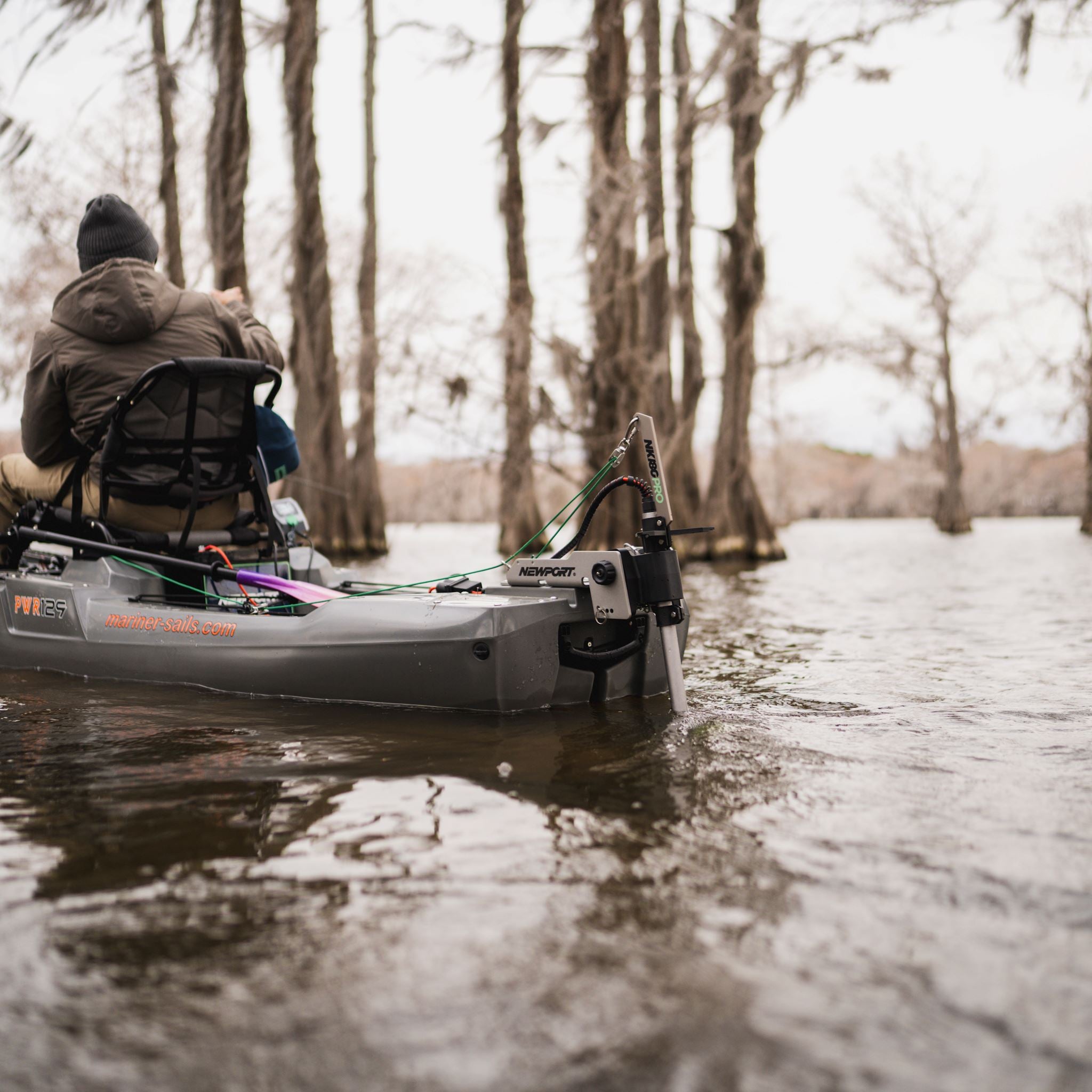
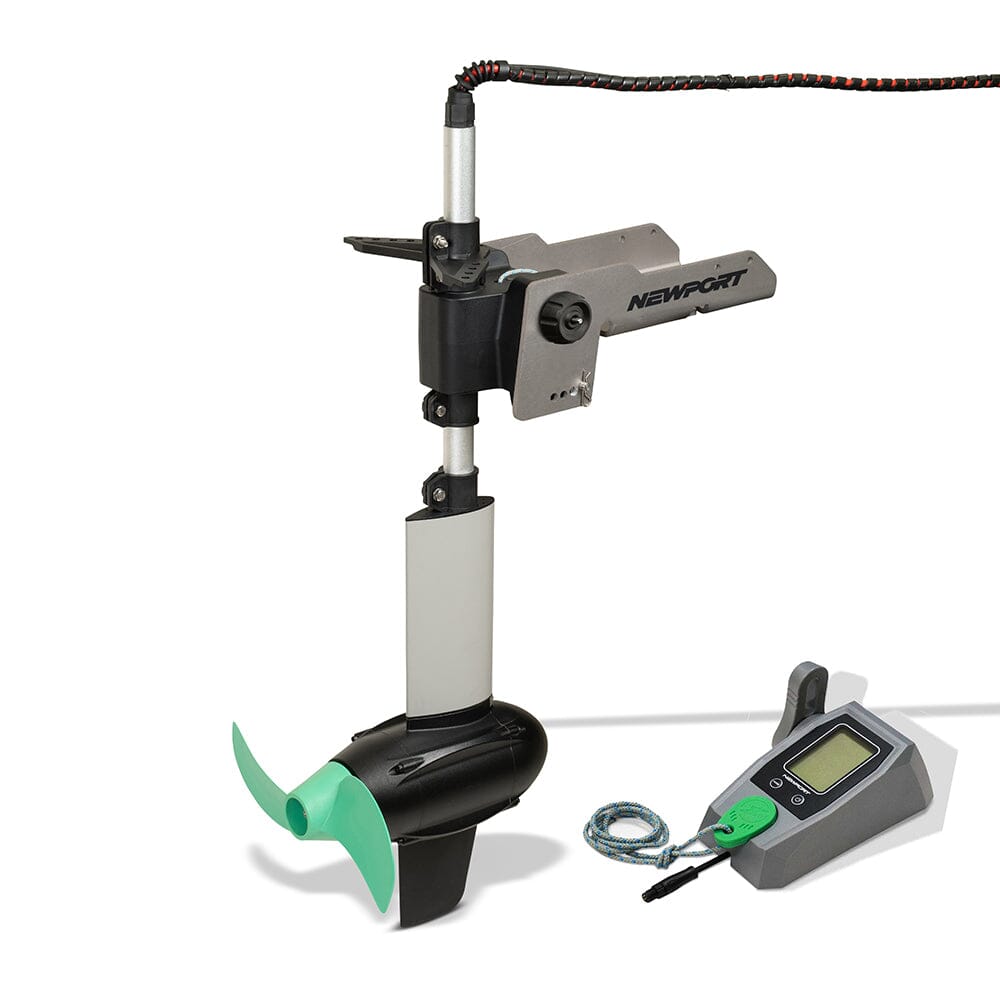
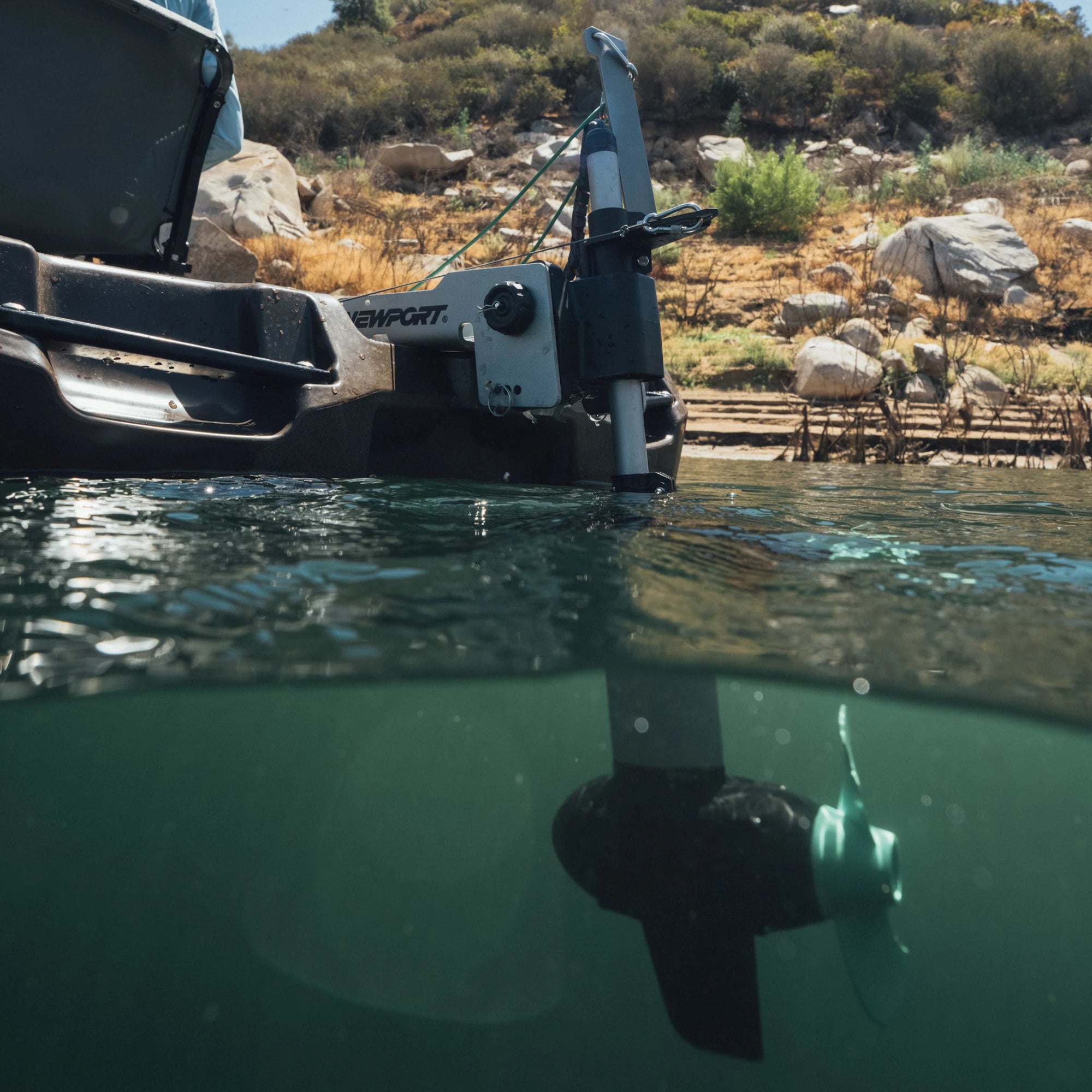




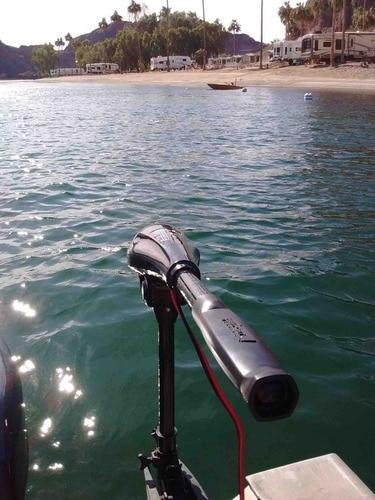
5 comments
Looking for bow mount trolling motor with gps
I did not receive my $50.00 off coupon or coupon code. Only received a text for 10% off. How does your product compare with Minn-Kota? What size shaft do I need on 12 foot Sun Dolphin?
Looking for a trolling motor for a 15ft Boston whaler SS
That a 13.3 Boston whaler
Looking for a Trolling motor for a 13.3 Boston wheeler
Leave a comment